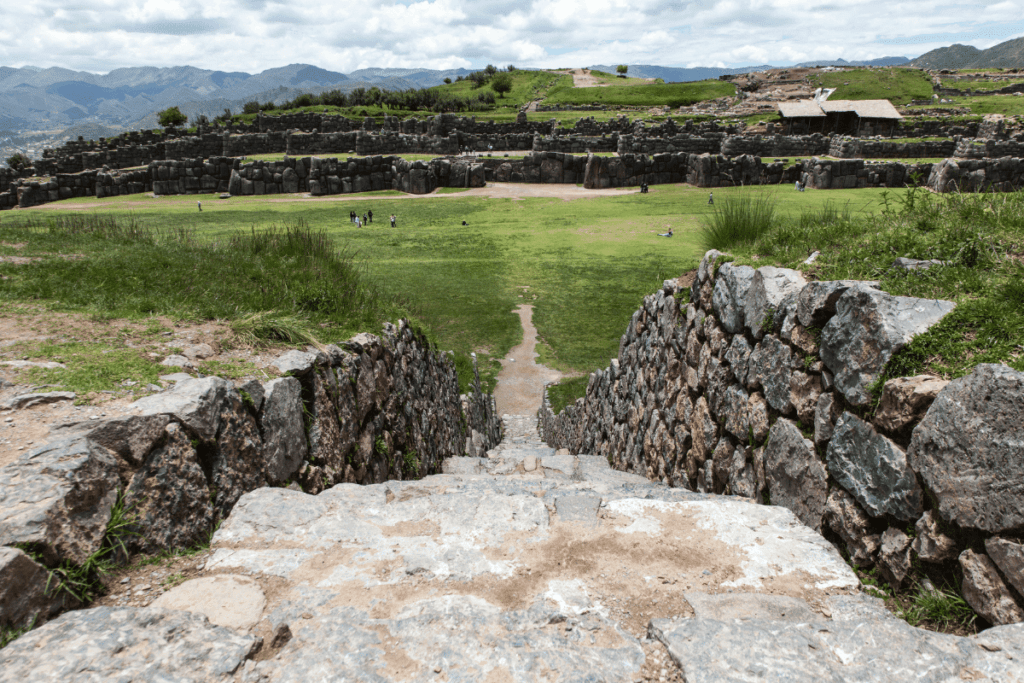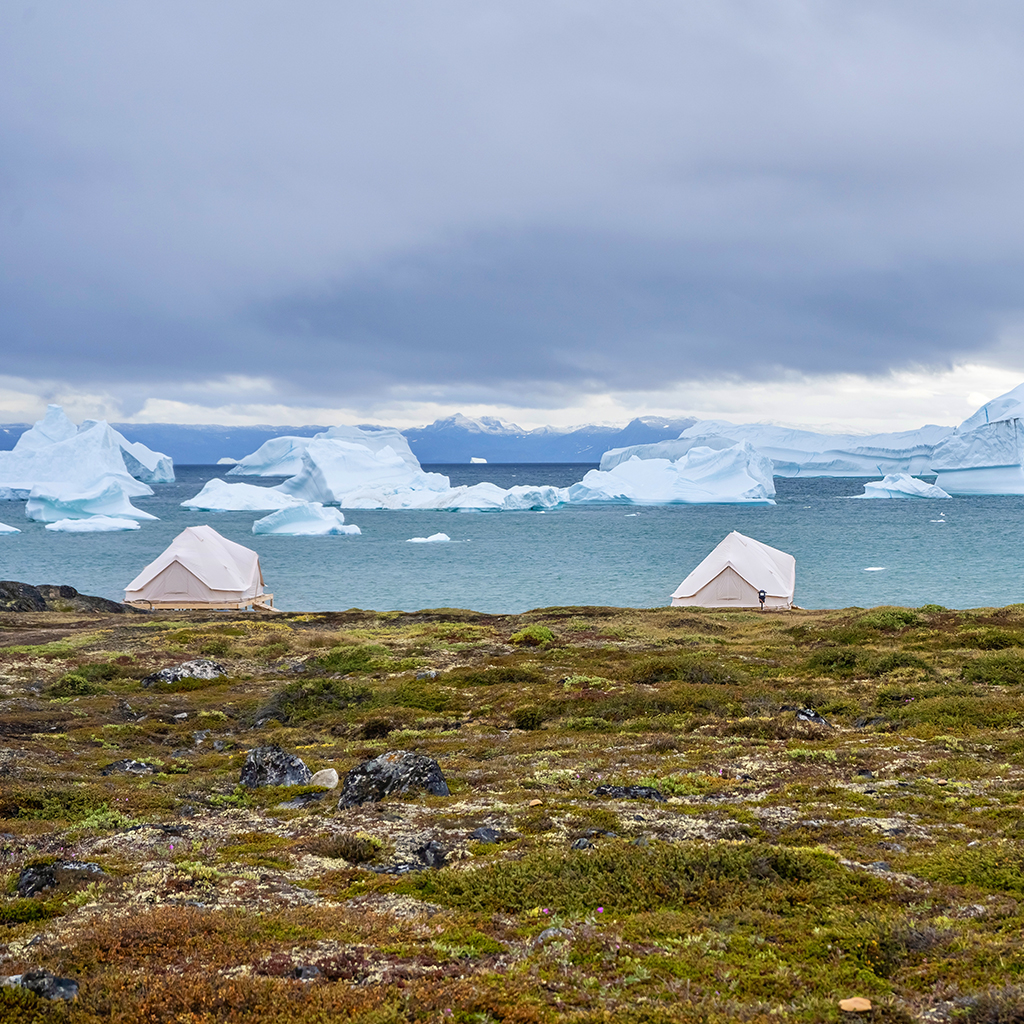
When it comes to multi-day hiking treks, you’ve probably heard of the Pacific Crest Trail lining the west coast of the U.S., or the popular Camino de Santiago that traverses Spain. But have you heard of the Inca Trail in Peru? As one of the most popular things to do in South America—and one of the most famous hikes in the world—exploring the Inca Trail is an adventure of a lifetime. Here’s why you should hike the Inca Trail in Peru.
The Inca Trail In Peru: A Brief History
First Things First: Who Are the Incas?
The Incas were a civilization of people indigenous to South America, who flourished across modern-day Peru, Ecuador, Columbia, and Argentina from 1400 to approximately 1533 CE. More importantly, with an estimated 6 to 14 million people, they were the largest empire ever seen in the Americas—and the largest empire in the world at that time! The Inca language, Quechua, is still spoken by roughly 10 million Peruvians today.
What Exactly Is Machu Picchu?
You’ve probably heard the words “Machu Picchu” floating around. Machu Picchu is a citadel of ancient Inca ruins in southern Peru. It is believed that this place was a retreat for royalty and the noble elite of Inca society.
The structure is so famous in part because of the engineering required to allow it to exist in the first place. With its precarious placement on a mountainside, how did the Inca get the rocks to build it? (Think about it: giant blocks of stone… up mountains… with no wheels?) How did they ensure a constant water supply? Archeologists are still baffled! (So are we!)
What Is the Inca Trail?
In line with their architectural prowess, the Inca constructed an elaborate system of pathways and roads all across Peru and Ecuador, with some parts branching into Bolivia, Argentina, Chile, and Colombia. However, the so-called “Inca Trail” refers to a section of trail leading from Cusco, the Inca capital, right up to Machu Picchu.
But Really… Why Should I Hike the Inca Trail?
As far as hiking treks go, the Inca Trail in Peru is truly one-of-a-kind. Here are just a few reasons why you should already be packing your back for Peru:
You’ll See Mystical Cloud Forests IRL
Read that again. Yes, mystical cloud forests IRL. Hiking the Inca Trail in Peru is one of the best ways to experience the majestic Andes Mountains, one of the few spots in the world where you’ll find cloud forest. “What is a cloud forest?” you ask? Cloud forests occur when tropical vegetation meets high mountains. Imagine dense forest over steep slopes, covered in moisture provided by the clouds that drift through moss-covered trees! Orchids abound in this moisture-rich, low-light environment. (Already thinking, yes please, take me there now!? So are we. This is the place of dreams.)
You’ll Explore the Sun Gate Portal and Other Ancient Ruins
The Inca Trail is the perfect combination of breathtaking nature and rich history. Not only does the trail culminate in the immaculate Machu Picchu, but there are dozens of archeological sites to stop and explore along your journey. If you decide to do the entire four-day trek, here are just a few of the sites you’ll feast your eyes on:
Llatapata
About one mile from the start of the Inca Trail lies Llatapata, a site that housed a large number of travelers and soldiers who manned a nearby fort. Llatapata was one of the sites burned by Inca emperor Manco Inca Yupanqui after his retreat from Cusco, in an attempt to keep the Spanish from discovering the Inca Trail to Machu Picchu. (His efforts were successful: The Spanish never did discover this trail or any of its settlements!)
Warmiwañuska
You’ll experience an incredible view at this highest point on the trail. The name literally means “Dead Woman’s Pass” because the mountain has the appearance of a woman’s profile looking up at the sky.
Runkurakay
Runkurakay (meaning “abandoned house”) is believed to have been a place of rest for the Inca. The circular shape of the structures here makes this site unique among the other ruins along the trail.
Wiñay Wayna
Winay Wayna is a complex of houses built into a steep hillside overlooking the Urubamba River. The name means “forever young” after a genus of orchids that blooms in this area year-round. The site looks directly across the river at the Wakay Willka mountains.
Intipunku (Sun Gate)
Perhaps the most important reason for hiking the Inca Trail in Peru is this final stop: the Sun Gate.
This is the portal you’ll pass through for your first magical sighting of Machu Picchu in the distance. The Sun Gate—so named because the sun would rise from this site—was the spot for Inca summer solstice ceremonies (in December for this part of the globe!).
As the main entry point to Machu Picchu, the site was used as a security checkpoint. Only Inca Trail hikers can access the Sun Gate at sunrise. (You won’t regret it!)
Chachabamba
Southeast of Machu Picchu lies Chachabamba, a site near the Urubamba River. Based on its stonework and building style, it is believed Chachabamba was an important religious site dedicated to water. It may have also served as a gatehouse guarding the southern entrance to Machu Picchu.
Hiking not your thing? Not to worry! There are several train options that will take you straight to Machu Picchu (with some gorgeous views along the way!).
You’ll Have the Help of Amazing Porters and Guides
While hiking the Inca Trail in Peru is a once-in-a-lifetime experience, it’s no walk in the park. The four-day trek is 26 miles of mountainous hiking with tricky terrain and high elevation. Because of this, there are so-called “porters” who grace the trail with… their strength! That’s right: there are people on the Inca Trail employed specifically to carry your bags for you.
The Peruvian government requires a certain number of porters, guides, and other trail staff depending on the number of hikers each day. Since many people are bringing four days’ worth of camping gear with them on this journey, there are weight limits for your duffle bag. These duffle bags are then carried by the porter, while you carry your own day pack. (Tip your porter generously, folks!)
While a percentage of the trail fees go into paying these porters, that doesn’t always translate into a living wage. This is why it’s very important to not shop for the cheapest tour guide option, as the cut costs usually come from porters’ and guides’ wages.
Hike the Inca Trail in Peru With The Travel Yogi
Now that you understand why the Inca Trail was named one of the New Seven Wonders of the World, let The Travel Yogi take you there! We handle the permits, lodging, and tour guides as we take you to the last miles of the trail. We visit Chachabamba and Wiñay Wayna before sleeping at the gorgeous Belmond near the Sun Gate so you can wake up to a breathtaking Andean sunrise.
Besides exploring this world treasure, we also take you to the diverse markets of Cusco, feast at an organic farm, and luxuriate in a healing sound bath. You’ll meet the local Quechan community and even participate in a traditional despacho ceremony—all with rejuvenating yoga sessions to begin and end your days. What are you waiting for?! Find out more information and book your trip here.

